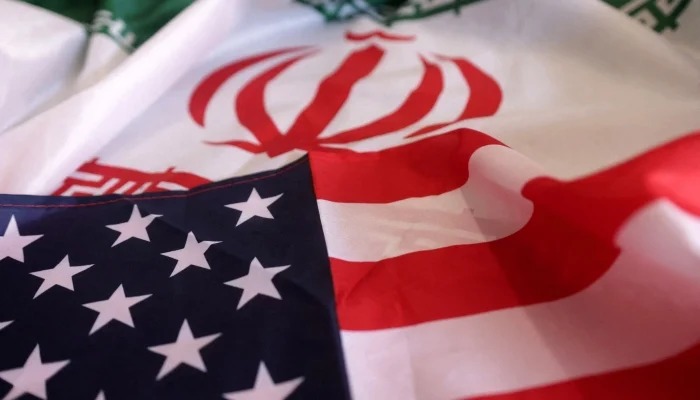WASHINGTON: President Donald Trump has taken down a portrait of Barack Obama at the White House and replaced it with a painting of himself after surviving an assassination attempt.
The 78-year-old Republican on Friday moved the picture of the Democrat — the only Black US president — to the opposite side of the grand entrance hallway of the famous residence.
The move is highly unusual for a sitting president, as most must wait until leaving office before having their portrait displayed in the historic 200-year-old building.
“Some new artwork at the White House,” the White House said on X, alongside a video of people walking past Trump’s new picture in the space by the main stairwell where Obama’s had previously hung.
The new painting captures the dramatic moment when a bloodied Trump raised his fist and shouted “fight” after being shot in the ear by a gunman in Butler, Pennsylvania, in July 2024.
A White House official said they did not immediately have information about the artist behind the painting. It closely resembles a photograph of the same moment taken by the Associated Press (AP) news agency.
Several White House officials later posted images of Trump’s painting, also showing Obama’s portrait nearby.
“The Obama portrait was just moved a few feet away,” said White House Communications Director Steven Cheung on X — while telling a critic of the move to “Pipe down, moron.”
It is common for US presidents to shift portraits of their predecessors, often keeping those of the most recent officeholders in the main entrance hall.
Obama’s portrait was unveiled in 2022 by then-president Joe Biden. It depicts the 44th president in a black suit and grey tie against a plain white background.
However, the White House’s fanfare surrounding the switch reflects Trump’s long-standing and bitter rivalry with Obama, who served from 2009 to 2017.
Trump launched his political career by pushing the racist and false “birther” conspiracy theory, which falsely claimed that Obama was not a natural-born American.
In return, Obama repeatedly mocked Trump — most famously during a roast at the White House Correspondents’ Association dinner in 2011.
The move also highlights how the former reality TV star has never shied away from honouring himself in his various residences.
He recently hung, just outside the Oval Office, a gold-framed version of his mugshot from a case concerning alleged attempts to interfere with the 2020 election.
At his Mar-a-Lago residence in Florida, he has a large bronze sculpture capturing his defiant reaction to the Butler assassination attempt.










_updates.jpg)










